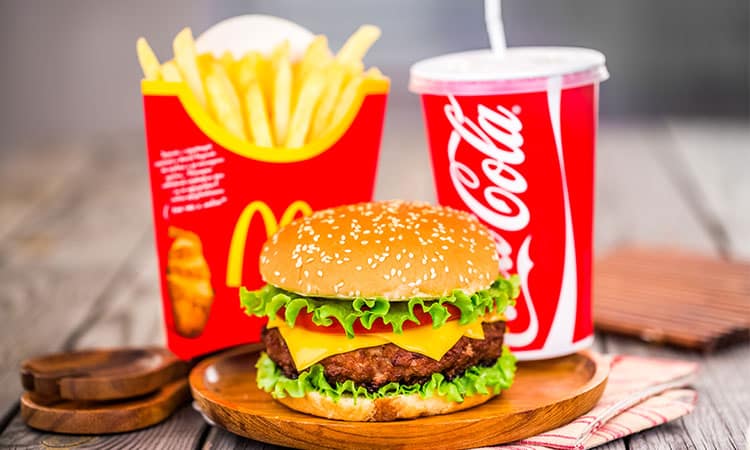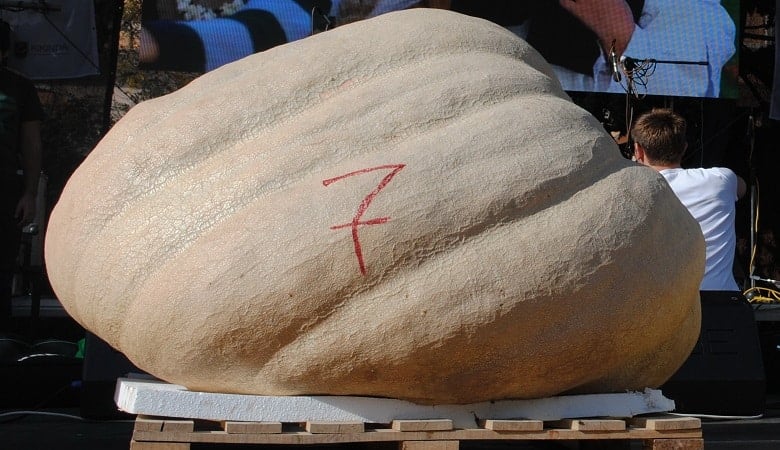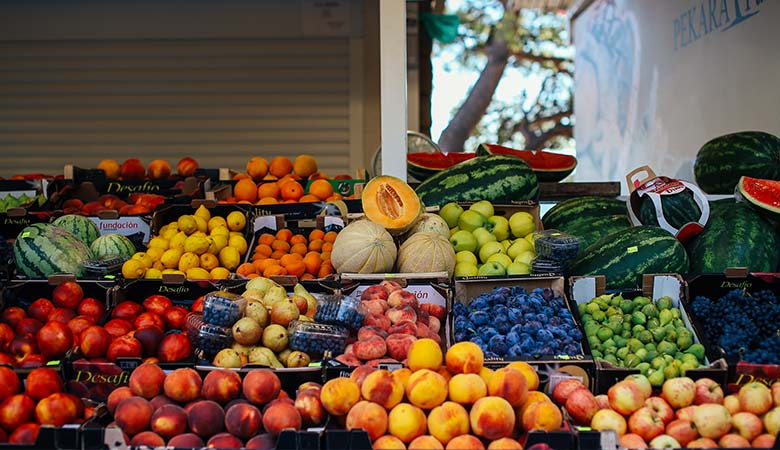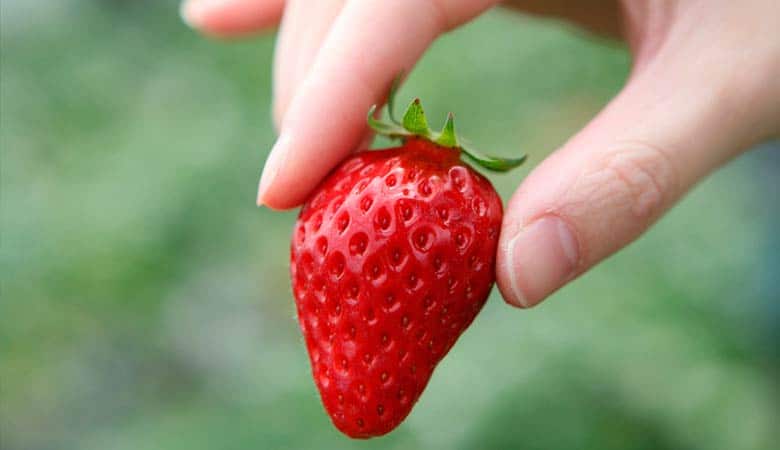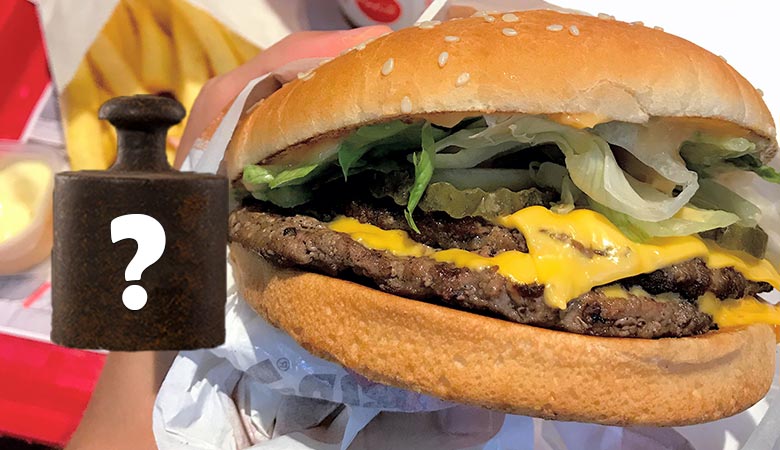Vegetables are always light in calories, but some might weigh down your grocery bag. Whether you’re planning a backpacking trip and need to know how much you’re carrying, or you’re just curious where different veggies weigh-in, we’ve got you covered.
What are the lightest vegetables in the world? We’ve compiled a list of the top 20 lightest:
| Vegetable | Weight per Cup |
| Kale | 0.7 oz |
| Arugula | .71 oz |
| Spinach | 1.06 oz |
| Plantain Chips | 1.06 oz |
| Watercress | 1.2 oz |
| Alfalfa Sprouts | 1.2 oz |
| Swiss Chard | 1.27 oz |
| Romaine Lettuce | 1.66 oz |
| Sun-Dried Tomatoes | 1.9 oz |
| Mustard Greens | 2.0 oz |
| Iceberg Lettuce | 2.01 oz |
| Sugar Snap Peas | 2.25 oz |
| Chili Peppers | 2.26 oz |
| Collard Greens | 2.28 oz |
| Green Cabbage | 2.47 oz |
| Mushrooms | 2.54 oz |
| Seaweed | 2.8 oz |
| Broccoli | 3.1 oz |
| Fennel | 3.1 oz |
| Cauliflower | 3.77 oz |
The leafy vegetables seem to be the lightest, which won’t come as a surprise to many. The more complicated the shape and size of the veggie, the more it seems to weigh. Continue reading for a more detailed breakdown of the entries on this list.
1. Kale
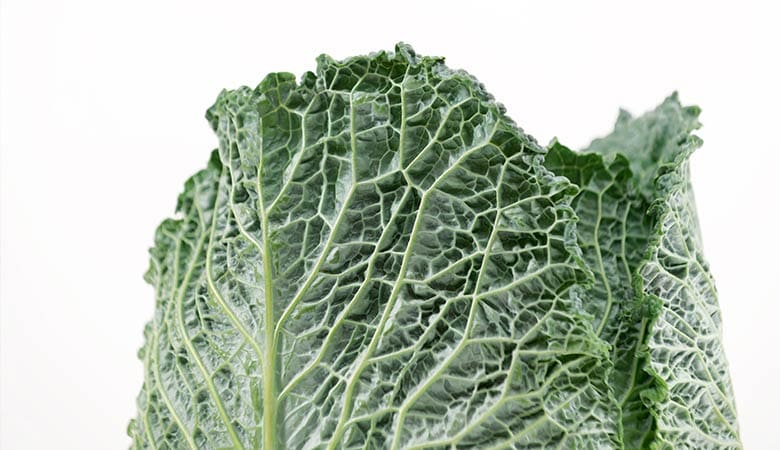
Kale is a superfood that will not tip the scale in the grocery store or the scale in your home. As every person alive in the past ten years will tell you, kale is really, really healthy. This might be the original superfood — it certainly popularized the term.
Like seaweed, kale is great dried or fresh or cooked. Drying any vegetable will drastically reduce the weight by getting rid of the water. Kale chips are a popular snack to weigh next to nothing, are easy to make, and will provide nutrients without the calories.
Bunches and bunches of kale can be dried or cooked down to nothing in a relatively short period of time. Raw kale is very light as well, especially when the leaves are separated from the stocks—another superlight superfood.
2. Arugula
Arugula can be cooked, but it really shines when raw and dressed in a salad. This vegetable might be known as “rocket” to some but is generally referred to as Arugula in the United States. This green is beloved all over the world for its taste and lightness in weight and preparation time.
This vegetable is rarely dehydrated, but it’s already light enough as a salad green. Arugula also requires little to no seasoning because it essentially comes pre-seasoned. Its peppery taste makes it one of the few greens that can be easily enjoyed without accompaniment.
Arugula is light to begin with, but the fact that a little oil is all that’s necessary to transform it into a beautiful salad is what places this green above others. It’s light because it doesn’t need accompaniment.
3. Spinach
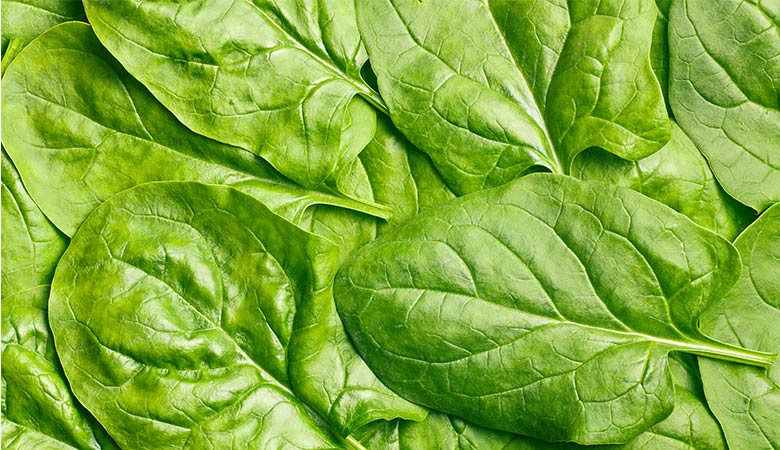
Spinach was perhaps the first vegetable the Western World deemed healthy enough to push on children. Unlike arugula, spinach is often cooked and can even be dehydrated. A large bag of fresh spinach will cook down into a little bowl’s worth of food, and a little package of frozen spinach will feel as dense as ice and will thaw into a family dinner’s worth of nutrients.
Spinach is similar to arugula, but more versatile. It’s a lightweight vegetable that your wallet will notice long before your muscles do, given a couple of pounds of the stuff would more noticeably take up space and money than anything else.
4. Plantain Chips
Plantain chips can be baked or fried or made in the dehydrator you’re sure to buy. These are another excellent choice if you’re planning a trip that involves carrying your food. They are full of good carbs that will provide energy and won’t weigh you down and take away your energy.
Plantains have less water than their relatives, the banana, and make for a lightweight vegetable in their own right. Cooked plantains are delicious but still retain plenty of weighty water.
Dehydrated or baked plantain slices are thin enough that the excess water is able to evaporate and leave behind a lightweight snack that packs a heavy punch of energy.
5. Watercress
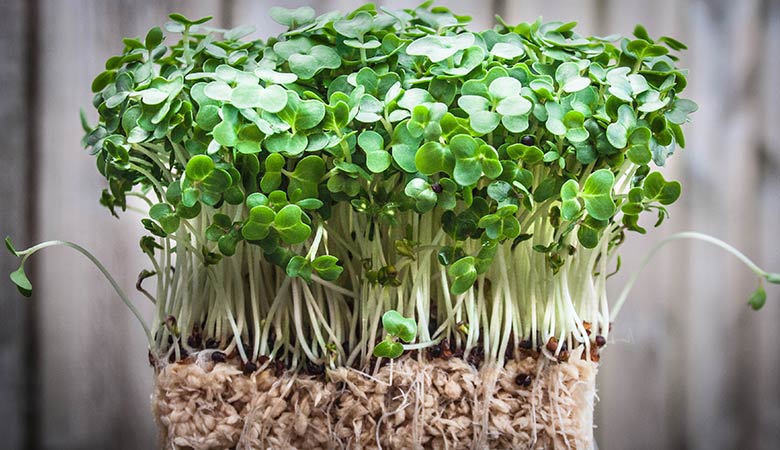
Watercress has a very high water content that seems to only be topped by Iceberg Lettuce. The final product is surely one of the lightest vegetables around, given the leaves are roughly the size of an adult’s thumb.
Sprouted watercress will have beautiful little flowers that will change the flavor profile and the weight of the vegetable. The flowers can sprout to the same size at the watercress itself, so keep in mind, they will actually get heavier if you let them.
6. Alfalfa Sprouts
Alfalfa Sprouts are light in both calories and weight. While some sprouts can actually tip the scales, Alfalfas are very light in weight. One look at a bowl of Alfalfa Sprouts would be all the convincing most customers would need. Certain foods just look healthy!
Don’t let their humble appearance fool you; these sprouts are fantastic for you. Sprinkle a handful over a salad, you certainly won’t be able to tell the weight changed, but you will notice an improvement
7. Swiss Chard
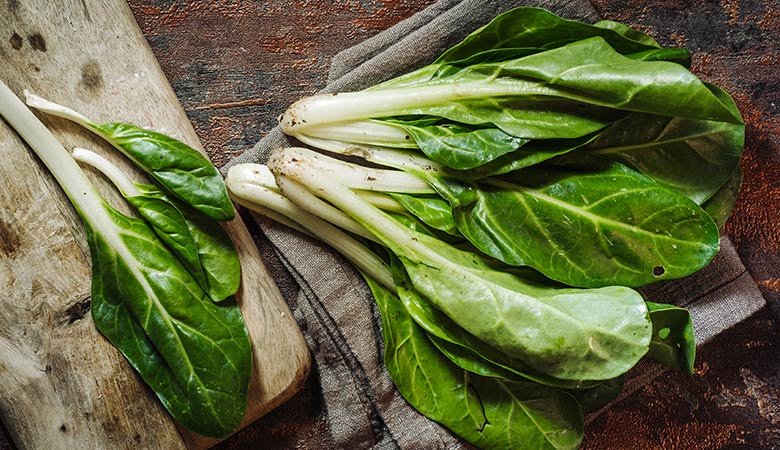
Swiss chard is similar to collard greens. A notable difference between the two is that the stocks of Swiss chard are completely edible, whereas the stocks of collards are rarely eaten.
Swiss chard has no dead-weight, which is an important distinction to make. When you weigh out Swiss chard in the store or market, you’re going to put that same weight into the pan.
8. Romaine Lettuce
Romaine lettuce is heavier and heartier than iceberg lettuce. While iceberg will come in a head like cabbage, romaine will come in a head more resembling a leafy green when bagged up.
Romaine lettuce isn’t as hearty as arugula or as dense as iceberg, but it’s the perfect in-between. This lettuce might even be lighter than iceberg at the store, considering it’s usually sold in semi-processed “hearts” of romaine, as opposed to a whole head of iceberg.
9. Sun-Dried Tomatoes
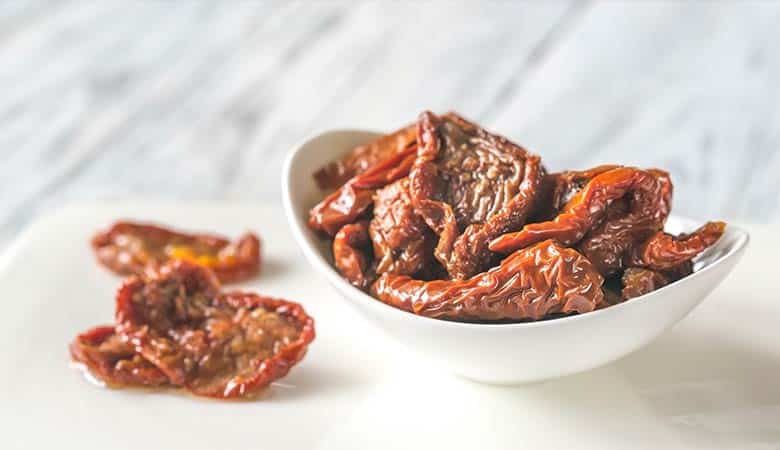
Already dried and ready to go! If you haven’t guessed by now, water is the enemy of lightness. Anyone who’s ever been on a diet or known someone on a diet can tell you about water-weight. What’s the initial loss of pounds for us is the endgame when it comes to our food.
Sun-dried tomatoes are denser in flavor and nutrition than their hydrated counterparts. They are also far easier to stock up on and store, and their reduced weight and size makes for a more portable ingredient.
Tomatoes are technically a fruit as anyone can tell you, but sun-dried Tomatoes are a vegetable or a gift as soon as they land on pasta. sun-dried tomatoes taste more flavorful because they weigh less. They have been reduced to the essentials.
10. Mustard Greens
Mustard greens don’t always get the attention of their more popular leafy green relatives. These greens sprout from the same plant that is used to make the condiment, but they don’t really resemble mustard in taste.
Mustard greens are leafy, similar in many ways to kale, and share curly-ended leaves that will jut back out once removed from a plastic grocery bag. These greens are beautiful when fresh, and will cook down to nothing.
For those who have given up on kale, mustard greens may be for you. They are great dried or sautéed and are essentially nutrients and water — like kale. Chips made from Mustard Greens will have a different flavor that many might find more appealing and couldn’t weigh less without being less great for us.
11. Iceberg Lettuce
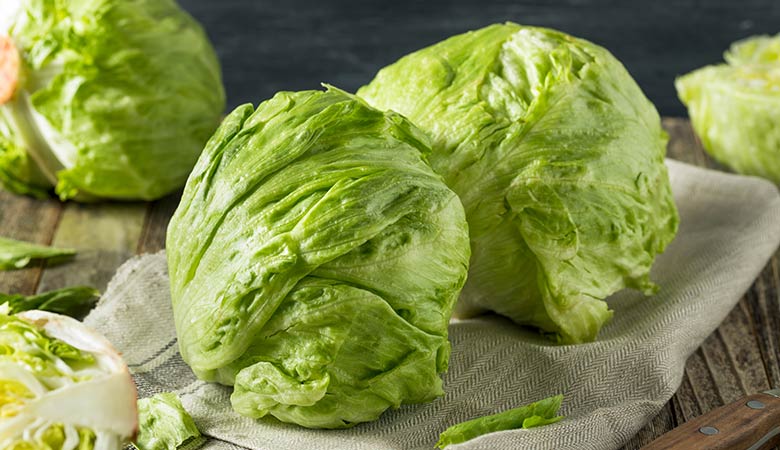
Iceberg lettuce has very high water content and not the best nutritional density. Iceberg is also very light to the touch, especially when compared to similarly shaped and sold “heads” of vegetables, like cabbage and the like.
Vegetables are often upwards of 90% water, and iceberg tips the scale at an astonishing 96%. The remaining 4% of iceberg lettuce is made up of fiber, vitamins, and minerals.
Compared to a vegetable like the white potato, which is only 80% water, it’s easy to see why iceberg lettuce is so light. Potatoes contain more carbs and fiber than iceberg and have five times more “solid” components. So, while iceberg lettuce has a higher percentage of water than most other vegetables, this actually explains its lightness as well.
12. Sugar Snap Peas
These contain a lot of water, like the previous entries, and like most vegetables. Not that every vegetable needs to be dried, but there’s a reason why ready-dried Green Pea snacks are becoming more popular in natural grocers.
Green Peas become pure fiber and nutrients when dehydrated or properly baked, and make for the perfect light snack. A large Tupperware container of dried pea-pods makes for a perfect combination of light in weight and dense in vitamins and nutrients.
Anyone planning a hiking trip or backpacking trip would do well to bring along this lightweight and hearty snack.
13. Chilli Peppers
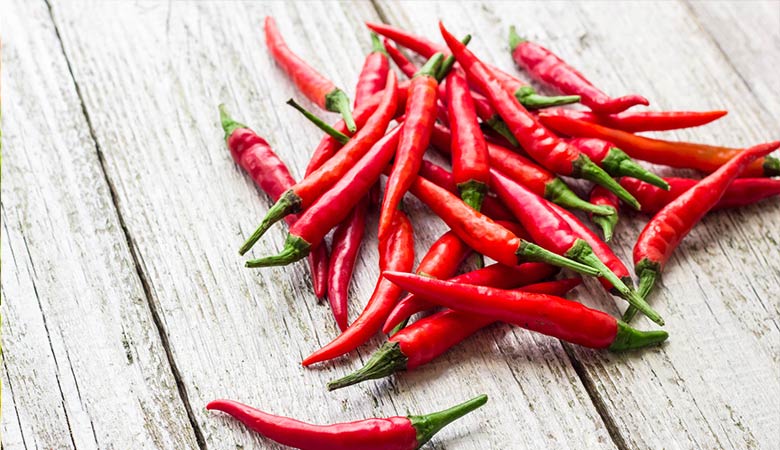
An added benefit of chili peppers is that they often come dried, and therefore as light as possible. It’s difficult to think of a vegetable that packs more flavor per pound than chilies.
Chilli Peppers can be rehydrated at home when mixed into a stew or soup, but the raw ingredient is often found in its lightest form. California and Anaheim chiles are just two of many options.
14. Collard Greens
Collard Greens are very similar to kale when cooked, but have a water density closer to broccoli. Their relatively straight leaves spell a firmer and heartier leaf than other greens and a more substantial weight.
Like all leafy greens, Collards will simmer down to minimum capacity. Collard Greens are easy to pack into produce bags because of their straighter less-curly shape and provide exceptional health benefits. Light and hearty.
15. Green Cabbage
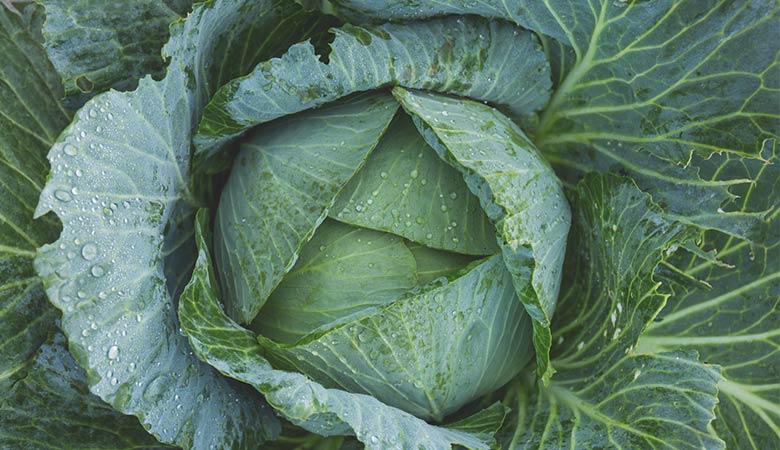
Trailing just behind Iceberg Lettuce is the far more nutritionist-friendly Green Cabbage. It’s a little less heavy on the water weight, around 93%, and a lot heavier on nutrition.
Green cabbage can be eaten raw or cooked down, and many civilizations all over the world have traditional recipes. The vegetable itself is light, and there are many preparations that can capitalize on this low-weight ingredient.
Slaw can be made from shredded cabbage — like American coleslaw or Asian-inspired sesame oil slaw. Dressing the cabbage with a little oil and seasoning will keep the weight down and the portability up.
16. Mushrooms
Mushrooms are also often bought dried. One little plastic package of mushrooms won’t even be felt in a handbasket, but their flavor will last indefinitely if properly stored.
Mushrooms can also be rehydrated at home and restored to their full size and weight, but the option to buy them at their lightest qualifies them for this list. Porcini mushrooms, for example, are readily sold dried or even powdered. With lightness comes flavor
17. Seaweed
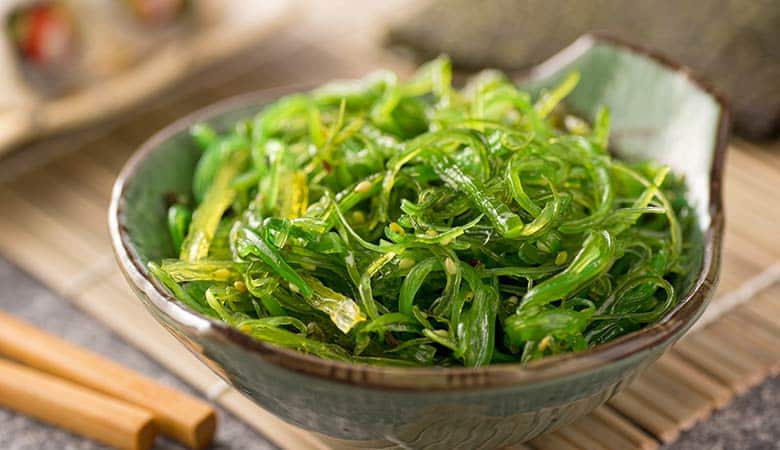
Dried or fresh, seaweed is the ideal choice for an ultra-lightweight vegetable. Not only is seaweed packed densely with nutrients, but this superfood also contains such a high percentage of water that drying it out reduces algae to what’s essentially a natural multivitamin.
With seaweed, you get nutritional density coupled with unparalleled lightness. This vegetable gives you the most and weighs the least. Dried seaweed is likely easier to come by than the fresh stuff, which is fine. Dry seaweed can be used for anything from homemade sushi to home-seasoned veggie chips, and will weigh-in at next to nothing.
18. Broccoli
Broccoli is like cauliflower’s dehydrated cousin, which seems like the opposite of what most would guess based on the outer appearance of the two vegetables. Broccoli becomes much lighter when separated from its thick stock, and can be cooked just like cauliflower.
Broccoli loses weight when cooked like any vegetable, and preparations range from soup to ultralight baked floret chips.
19. Fennel Fronds
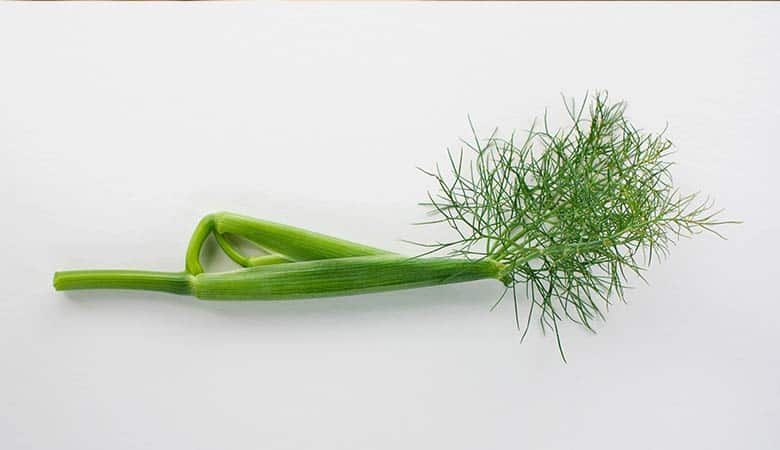
It helps that some entries on this list come dry or in their lightest form. Fennel comes in two parts essentially: the onion-like bulb and the green fronds that sprout from it. Fennel fronds are packed with flavor and light as can be.
Fennel can be dried to make for an even lighter source of flavor and nutrition. The bulb can be a little heavier, but the fronds easily make this list.
20. Cauliflower
Cauliflower is arguably more versatile than cabbage, and will readily shed its water-weight when cooked or dried. Thin slices of cauliflower florets become incredibly light when baked.
This cruciferous vegetable has many popular uses that span many cultures, but all recognize the value of bringing home ahead for its flavor and nutrition. A few heads of cauliflower will weigh more than a few heads of cabbage, but this vegetable is still very lightweight for what it provides.
Further Reading
Knowing the weight of our food can help to satisfy both our stomachs and our curiosity. Hopefully, this list piqued in your interests enough to send you out on a quest for weights and measures. If this list piqued your appetite, hopefully, you have some good options! Aqua Calc is an excellent resource for calculating the nutritional information and the weight of various kinds of food.

